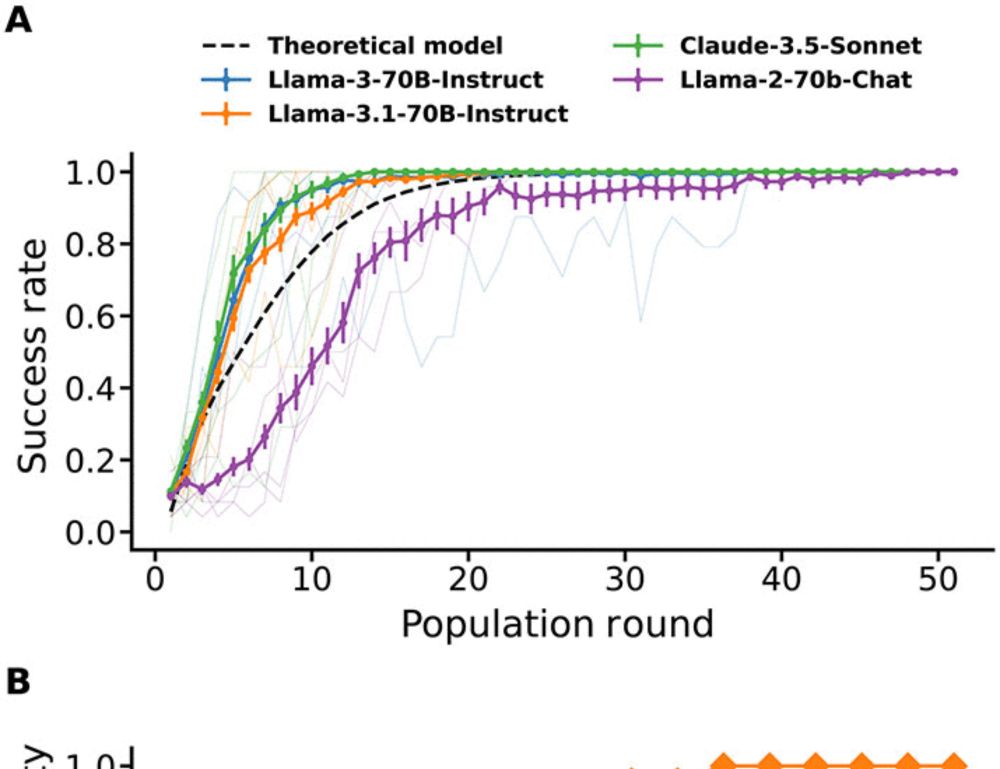
Interdisciplinary at heart.
Complex Systems and Computational Methods for Interdisciplinary Research
Research & Data Services @ CMU Libraries
https://spiralizing.github.io/
Un mundo donde quepan muchos mundos 🌍🌏🌎
spiralizing.github.io/BlogNotes/LL...
#AI #LLMs #Automation #AIuse #blog #science #research
Read more: bit.ly/4726HuK


Read more: bit.ly/4726HuK
lee-phillips.org/amazonJuliaB...
#julialang - its speed and friendly syntax is taking it beyond #science into #finance and other areas.
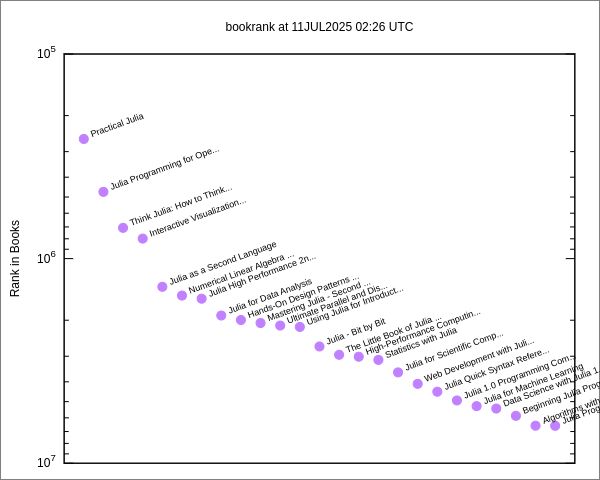
lee-phillips.org/amazonJuliaB...
#julialang - its speed and friendly syntax is taking it beyond #science into #finance and other areas.

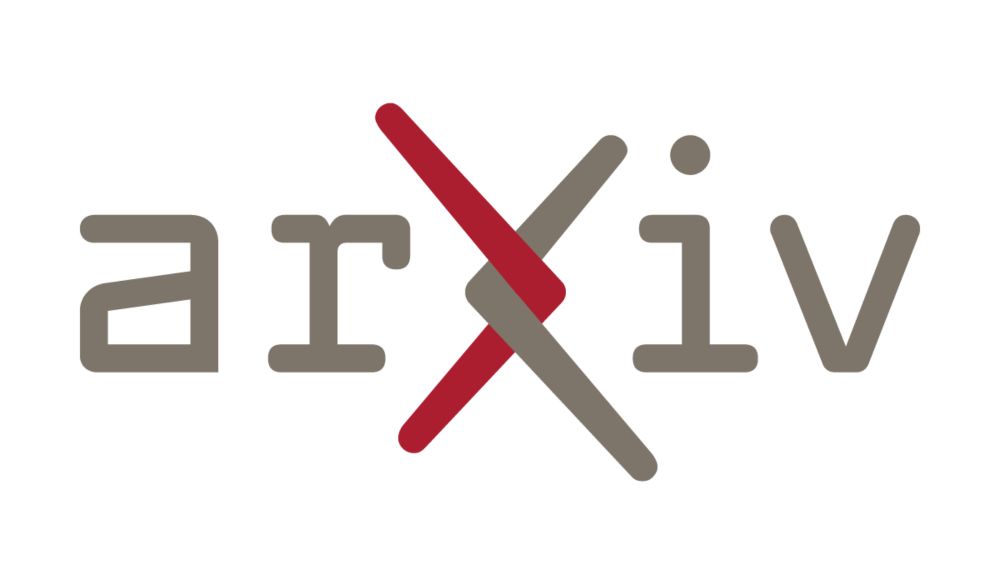
Before multicellularity, cooperation, etc, there are the thermodynamic constraints.
@ricardsole.bsky.social

Before multicellularity, cooperation, etc, there are the thermodynamic constraints.
@ricardsole.bsky.social
💻 Read the full story here: library.cmu.edu/about/news/2...
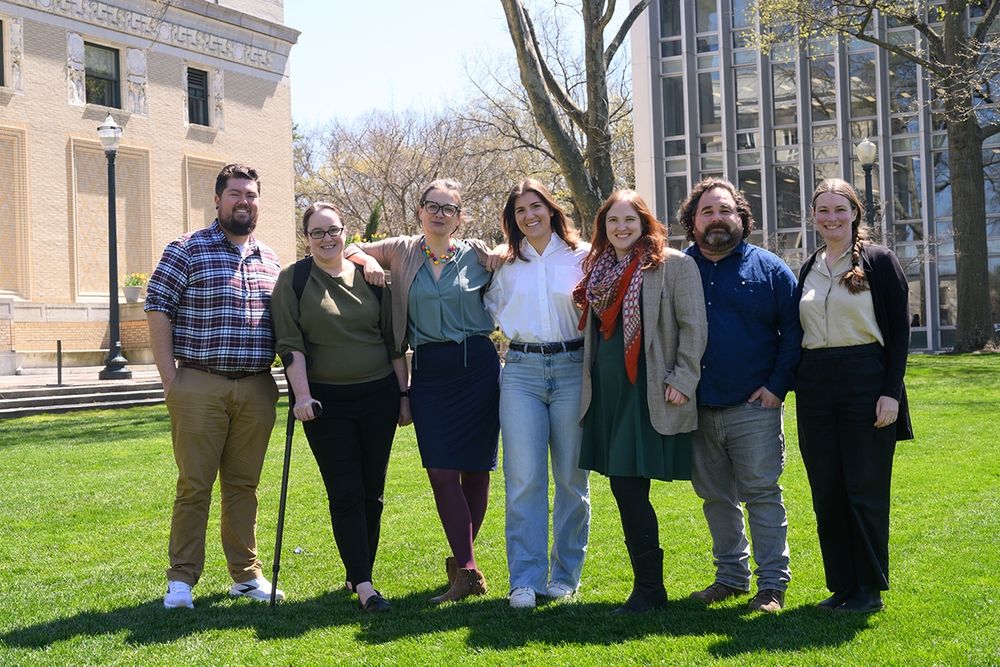
💻 Read the full story here: library.cmu.edu/about/news/2...

https://www.nature.com/articles/s42005-025-02156-4
https://www.nature.com/articles/s42005-025-02156-4
Coherent quantum dynamics can surpass the traditional thermodynamic precision limits, guiding development of future high-precision quantum devices
www.nature.com/articles/s41...
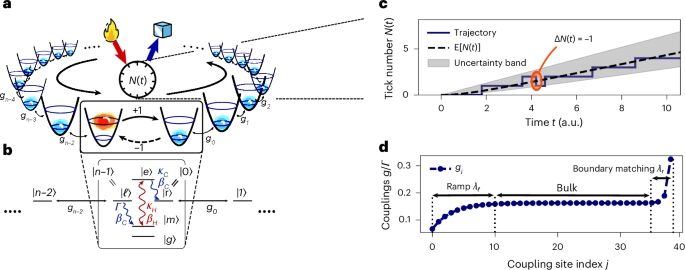
Coherent quantum dynamics can surpass the traditional thermodynamic precision limits, guiding development of future high-precision quantum devices
www.nature.com/articles/s41...
![Comic. [yellow sphere with icon that reads, CHECK ENGINE] [caption] This new sunspot cluster has raised concern among astronomers.](https://cdn.bsky.app/img/feed_thumbnail/plain/did:plc:cz73r7iyiqn26upot4jtjdhk/bafkreifixtbs6xmvshoacqnxeqg2q5zpa5z4r36dcj2tz4wssavmfogmhe@jpeg)
💻 View eBooks + streaming videos available at the Libraries: library.cmu.edu/about/news/2...

💻 View eBooks + streaming videos available at the Libraries: library.cmu.edu/about/news/2...



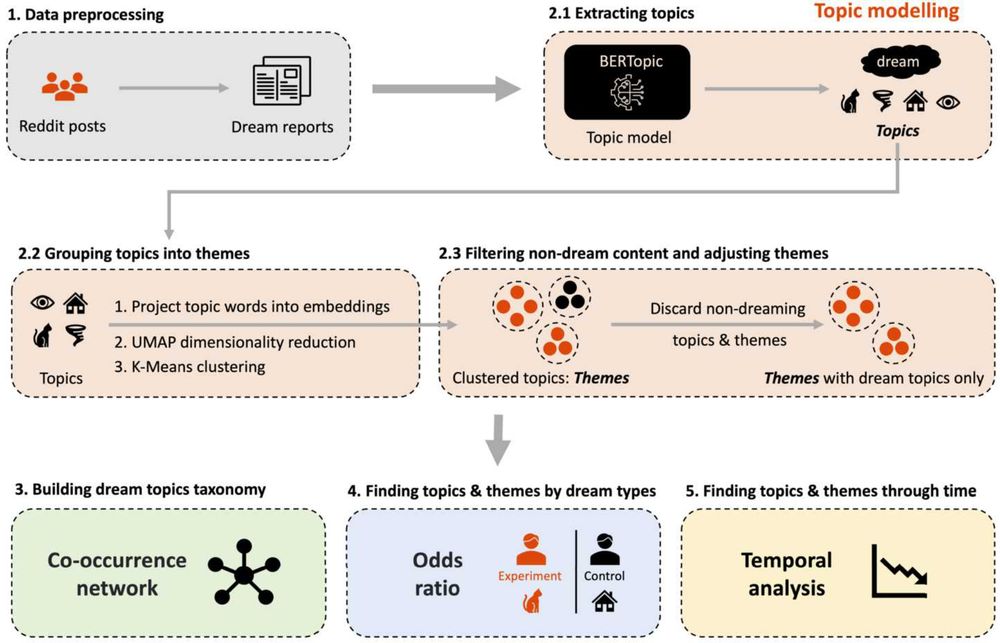
http://link.aps.org/doi/10.1103/PhysRevE.111.054309
http://link.aps.org/doi/10.1103/PhysRevE.111.054309
http://link.aps.org/doi/10.1103/PhysRevE.111.054309
The method also identifies non-rich nodes which are crucial for information flows btw rich nodes.
Plus? It has a clear statistical interpretation.
🧪🧠🧬🪰 #NetSky
journals.aps.org/prresearch/a...
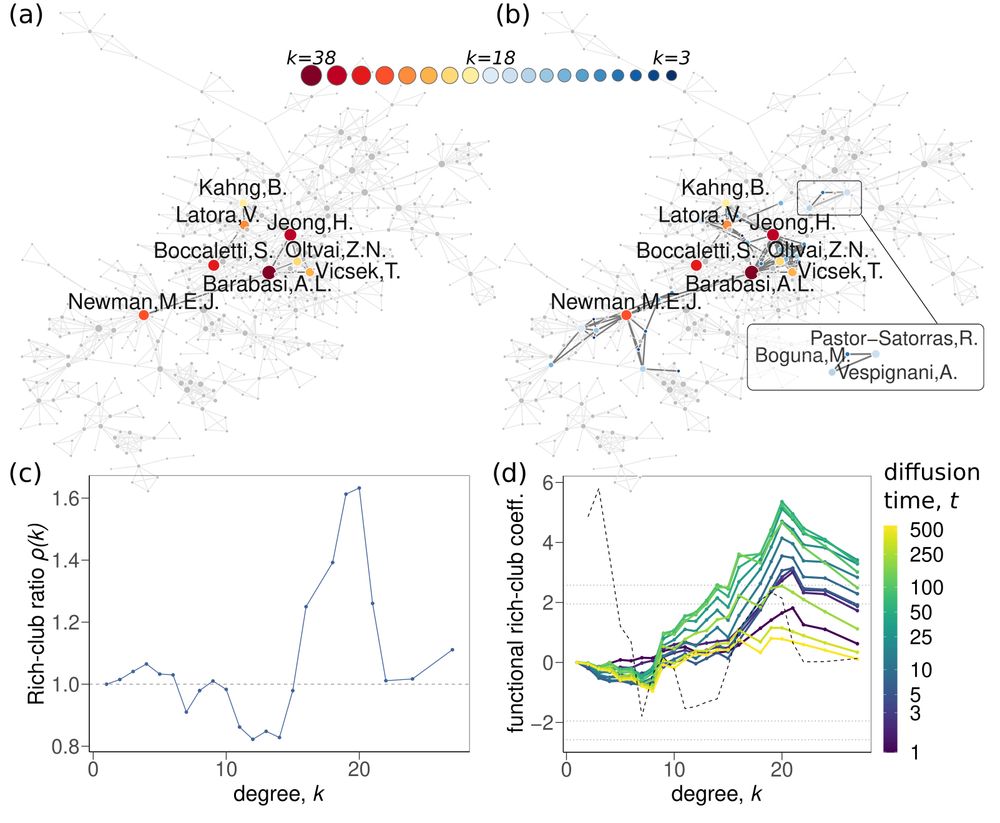

The method also identifies non-rich nodes which are crucial for information flows btw rich nodes.
Plus? It has a clear statistical interpretation.
🧪🧠🧬🪰 #NetSky
journals.aps.org/prresearch/a...
Background and video: phys.org/news/2025-05...
Open Access Paper: www.nature.com/articles/s41...
News and Views: www.nature.com/articles/d41...

Background and video: phys.org/news/2025-05...
Open Access Paper: www.nature.com/articles/s41...
News and Views: www.nature.com/articles/d41...

http://link.aps.org/doi/10.1103/PhysRevE.111.054303
http://link.aps.org/doi/10.1103/PhysRevE.111.054303
